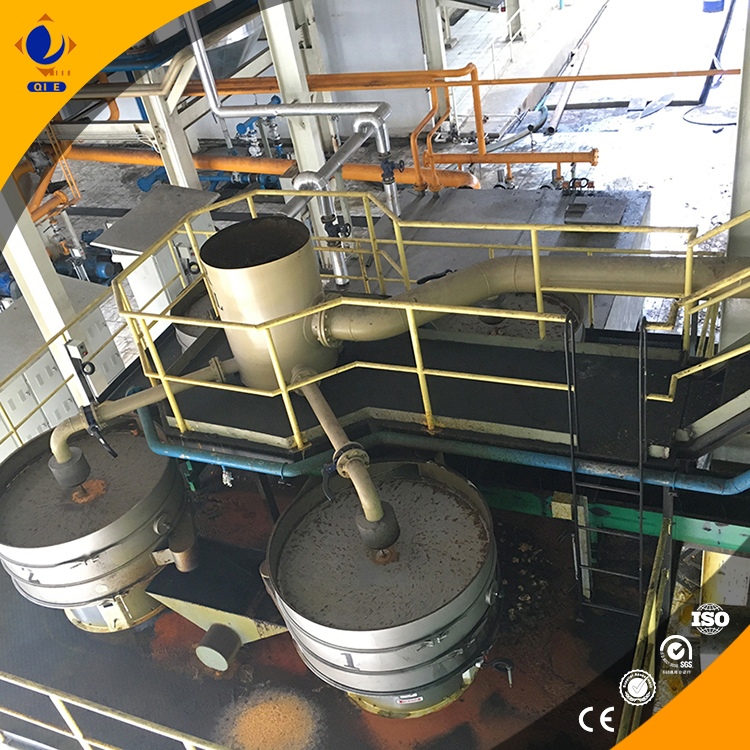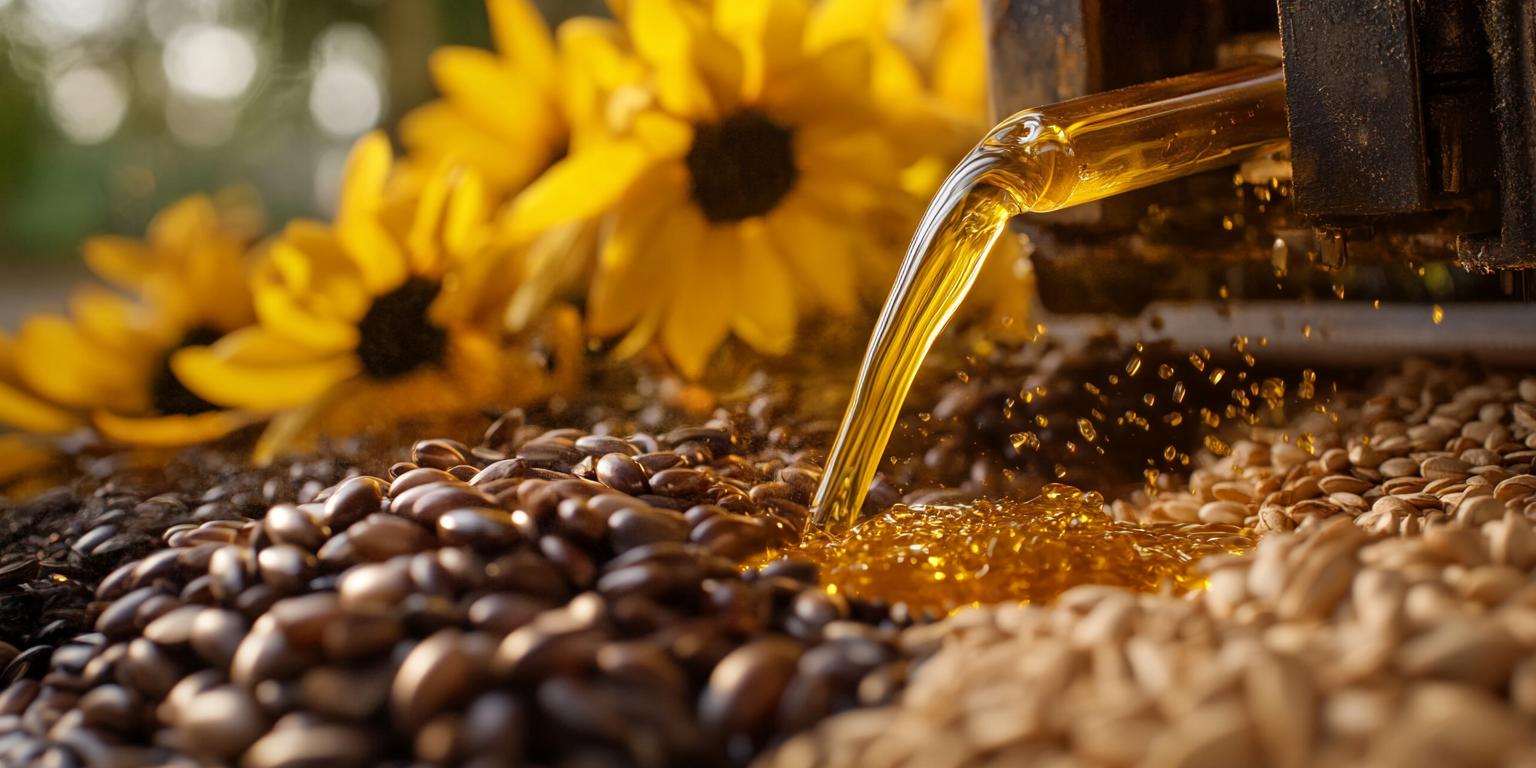
Sunflower seed oil holds a significant position in both daily life and industrial production. It is widely used in cooking, food processing, and even in the production of biodiesel. The key to transforming sunflower seeds into this valuable oil lies in the sunflower seed oil extractors. In this article, we will provide a comprehensive introduction to these extractors, focusing on the working principles, characteristics, and suitable applications of the pressing and solvent extraction types.
Pressing is a traditional method of oil extraction. Pressing type sunflower seed oil extractors work by applying mechanical pressure to the sunflower seeds. As the seeds are squeezed, the oil is released. This process can be further divided into cold pressing and hot pressing. Cold pressing is carried out at a relatively low temperature (usually below 60°C), which helps to preserve the natural nutrients and flavors of the oil. Hot pressing, on the other hand, involves heating the seeds before pressing, which can increase the oil yield. Generally, the oil yield of pressing type extractors ranges from 35% - 45%.

Solvent extraction is a more modern and efficient method. These extractors use a solvent (usually hexane) to dissolve the oil from the sunflower seeds. The mixture of oil and solvent is then separated, and the solvent is recovered for reuse. This method can achieve a higher oil yield, typically around 40% - 50%. The process is more complex but can extract a larger amount of oil from the same amount of seeds.

When it comes to characteristics, pressing type extractors are known for their simplicity and the ability to produce high - quality oil with natural flavors. The oil produced by cold pressing is often considered more nutritious and suitable for high - end markets. However, the oil yield is relatively lower, and the production capacity is limited. Solvent extraction type extractors, on the other hand, offer a higher oil yield and are more suitable for large - scale production. But the oil may require more refining processes, and there are concerns about solvent residues.
Pressing type extractors are ideal for small - to medium - scale production, such as local farms or artisanal oil producers. They can be easily operated and maintained, and the investment cost is relatively low. Solvent extraction type extractors are more suitable for large - scale industrial production, where high - volume output is required. For example, a large - scale food processing company or a biodiesel production plant would benefit from using solvent extraction extractors.
A small - scale farm in Europe adopted a pressing type sunflower seed oil extractor. With an initial investment of [investment amount], they were able to produce [production amount] of high - quality sunflower seed oil per month. The oil was sold at a premium price in the local market, bringing significant profits. On the other hand, a large - scale oil refinery in Asia installed a solvent extraction type extractor. After the upgrade, their monthly oil production increased from [old production amount] to [new production amount], greatly improving their market competitiveness.

In summary, pressing type extractors are best for small - scale production with a focus on quality and natural flavors, while solvent extraction type extractors are more suitable for large - scale operations aiming for high - volume output. When choosing a sunflower seed oil extractor, consider your production scale, budget, and the quality requirements of your target market.
Ready to make the right choice for your sunflower seed oil production? Contact us at [contact information] for expert advice and to explore our range of high - quality sunflower seed oil extractors!

